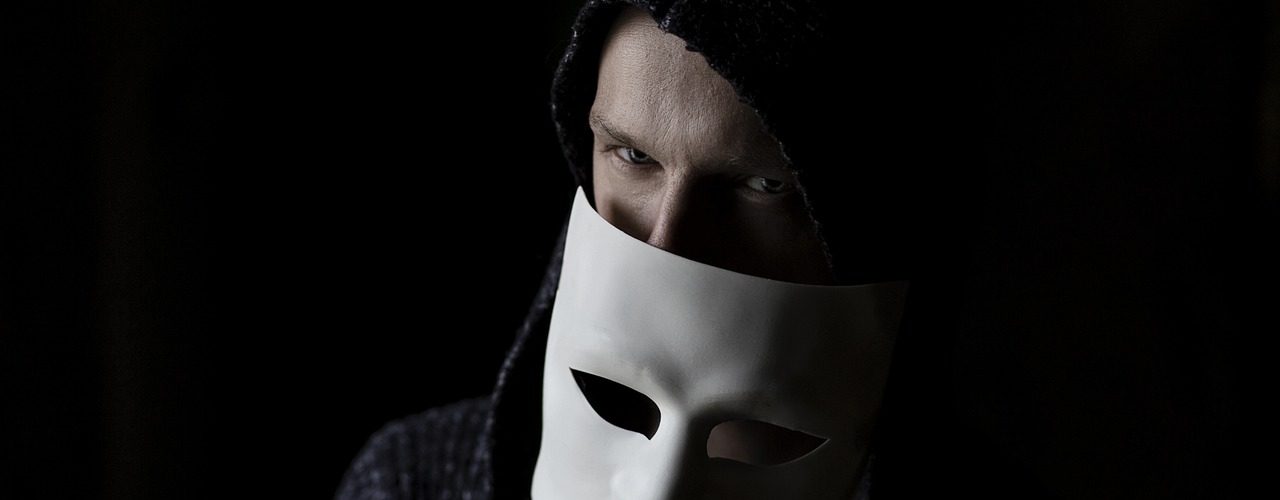On Nov. 25, 2018, at around 1:20am, National University of Singapore (NUS) undergraduate Monica Baey was taking a shower at Eusoff Hall. Unbeknownst to her, there was a fellow student taking video footage of her showering.
Baey said she went to the police with her case after dealing with campus security.The entire investigation by both authorities took around two months, according to her. The official sentence was that Lim would be slapped with a 12-month conditional stern warning. A conditional stern warning is a warning that has a term attached to it, which means if you commit the same crime during this period (in this case a year), you will be charged not only with your second offence, but with the original crime as well.
According to Baey, here are the punishments NUS slapped on Lim:
- To write a compulsory apology letter addressed to Baey
- Mandatory counselling
- Banned from hall indefinitely
- Given a one-semester suspension
Baey then published a series of Instagram stories where she publicly posted pictures and screenshots of the offender and his Instagram profile. The apology letter was also shown. Baey also posted a critique on what she felt was an inadequate response by NUS. At the end of the day, she also gave a succinct summary as to what she expects to achieve from speaking out.
Read more here:
Analysis:
This episode has raised many issues and gave rise to different opinions on sexual misconduct in our society.
The first issue is whether the law was sufficient in punishing the perpetuator. A huge part of the debate was whether the punishment dealt to Lim was sufficient and whether it was effective in deterring other students. On one side, some feel that the punishment is woefully insufficient and the current policy of ‘two strikes and you are out’ should not be the standard. Education minister Ong Ye Kung is of this view. Opponents of this camp feel that due justice was served and the AGC and NUS were fair and consistent in the handling of the situation. Furthermore, a person cannot be punished twice for the same mistake. These people are of the opinion that issues relating to justice and legality should be settled by the relevant institutions and that there is a valid reason behind what NUS and the AGC decided on.
The second issue is on the legality of doxxing behaviour and the effects of it. Doxxing is the practice of researching, broadcasting and revealing personal information of an organisation or individual. This stems from our desire for quick justice and the protection of anonymity through the Internet, which contributes to our burgeoning online mob mentalities. Doxxing presents itself as justice – but it is only a false sense of justice, undermining our ability to improve our institutions by blindly assuming they have our worst interests at heart. Doxxing ignores the systems in place that give due process to victims and perpetrators (citizens, humans) and constructs a narrative that quick, online justice of individual ends is desirable. At the expense of someone’s expedited emotional settlement, a self-perpetuating community police is formed. This obfuscates the bigger issues by bypassing the institutions, and when we pursue justice personally rather than through the relevant system, the effects are that we actually undermine the pillars of justice.
Questions for personal evaluation:
- Are there any circumstances when doxxing is acceptable? Why do you think so?
- How accurately should the law reflect public opinion? Is public opinion the only factor in deciding what the law should be?
Useful vocabulary:
- ‘Self-perpetuating’: perpetuating itself or oneself without external agency or intervention
- ‘Obfuscates’:make obscure, unclear, or unintelligible
- ‘Burgeoning’: begin to grow or increase rapidly; flourish
Picture credits:https://pixabay.com/photos/scam-hacker-security-virus-fraud-4126798/

